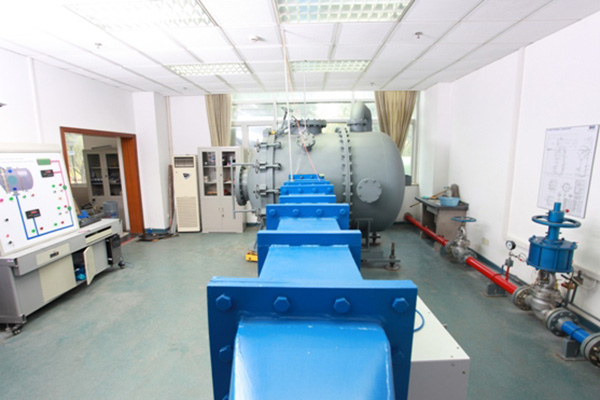Our JI faculty members, Assistant Professors Huan Qi, Wenjie Wan, Jigang Wu, and Associate Professor Qiang Zhang, have been awarded research funding by the 2012 Shanghai Pujiang Talent Program, which was co-founded by the Science and Technology Commission of Shanghai Municipality (STCSM) and Shanghai Human Resource Bureau to attract overseas talents to teach, do research, or start enterprises in Shanghai. This year there are 273 awardees in four categories: (A) research in science and technology, (B) technological enterprises, (C) social science, (D) urgently needed talents. JI winners are among the 23 SJTU awardees in Category A.
Professor Qi’s funded project is “Automated repair of high performance aero-engine components by laser direct metal deposition.”
Introduction: Turbine blades made of single crystal (SX) super alloys are the key components in modern turbine engines. The repair of such valuable turbine blades is necessary and profitable with huge economic values. Compared to traditional welding repair processes such as Tungsten Inert Gas welding, laser direct metal deposition has unique advantages in repairing high performance parts with complex geometries. This is due to the more accurate and controllable energy input and minimized heat affected zone that laser-based processes can provide. Challenges when reparing a SX turbine blade tips with automatic laser deposition process lies in 1) preservation of the single crystal structure growth through multi-layer of deposition; 2) precise dimensional measurement and control of laser deposition process for a near net shape repair. The main objectives of this research are to 1) develop and validate a sophisticated heat transfer, fluid flow and solidification CET coupled model for understanding the influence of laser multi-layer cladding parameters on the continuous growth of single crystal alloy; 2) provide guidance for closed-loop control of SX turbine blade tip repair process through the optimization of laser deposition parameters and transfer function development.
Professor Wan’s project is “Breaking diffraction limit by nonlinear optics.”
Introduction: Diffraction limit is the fundamental limit in optics, determining the smallest feature size observed in optical system. This limit constrains optical systems’ applications in a broad way, such as in microscope, optical disc and optical fabrication. Breaking the diffraction limit has attracted research interests from various fields. In this proposal, we aim to bring in the idea using nonlinear optics to break this diffraction limit set by the linear optics. By utilizing nonlinear wave mixing and harmonic generations of wave in the near-field, we could possibly extract the near-field evanescent wave to the far-field. In such manner, we could manage to control light in the near-field from far-field, at the same time, observe the near-field signal from far-field, breaking the diffraction limit.”
Prof. Wu’s project is “Research on Portable Lensless Microscopy”
Introduction: To develop low-cost compact microscopy devices which can be used to image blood, saliva, and other biological samples, and thus provide a portable solution for medical diagnosis and telemedicine if combining with cell phone or other mobile devices.
Prof. Zhang’s project: Innovative Cooling Schemes for Aero-Engine High Pressure Turbine Blade Tip Region
Introduction: Aero-engine High Pressure turbine blade tip region is highly vulnerable to thermal damage because of the difficulty of applying cooling in this region. The present aero-thermal performance levels of the blade tip design have been greatly dependent upon our understanding of the fluid mechanics and thermodynamics of the complex over-tip-leakage flow. The vast majority of existing and previous research on the blade tip region has used low-speed test facilities. However, at engine-realistic conditions a large proportion of the tip flow can be transonic. Special flow features such as choking, shocks, shock-boundary layer interactions, have been missed in those low speed studies. The present proposed effort aims to develop durable and efficient blade tip cooling designs by employing a large scale high speed wind tunnel and cascade test rig (newly developed in UM-SJTU Joint Institute). Computational fluid dynamics (CFD) study will also be used to investigate the complex transonic features, to provide further insight/understanding into the flow physics.






